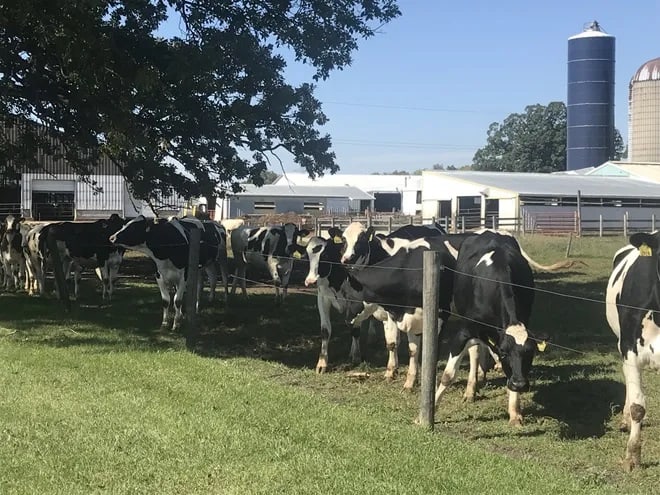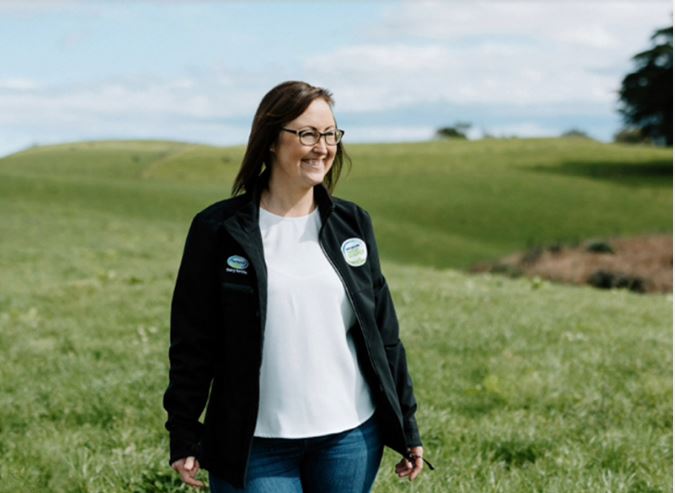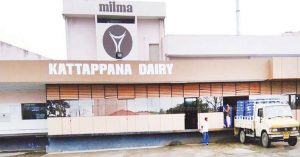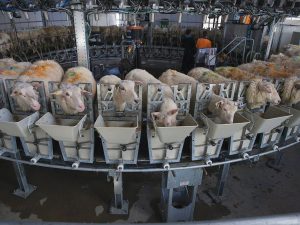Matt Tranel a dairy market advisor from Ever Ag in Platteville told members of the farmer-owned Scenic Central Milk Producers Cooperative during the annual meeting in Richland Center, that the number of dairy replacement heifers has plummeted nearly 15 percent over the last six years, marking the lowest dairy herd replacement number since 2004, according to the USDA.
He said the number of dairy heifers peaked in 2016.
“Today, the cost of raising a dairy replacement can be as high as $2,400 to $3,000, as inputs have gotten more expensive,” said Tranel, who grew up on a farm in southwestern Wisconsin. “New cheese plant capacity is on the way with large plants under construction in Minnesota, South Dakota, Kansas and the Panhandle of Texas. But how do we keep all the cheese and powder plants full when we don’t have a ton of heifers out there?”
Milk production continues to decline
Among the key price indicators is the drop in overall milk production. Tranel says production dropped in 2023 and is continuing to decline in 2024.
“Twenty-three thousand cows left the national industry last year and that drop in herds continued through January,” Tranel said.
New Mexico’s dairy industry has been particularly hard hit with herd liquidations. As a result, milk production there dropped 10 percent. California production fell 3.3 percent and Oregon declined 3.9 percent. New York is expanding its production, he added, due to a favorable tax situation.
Meanwhile January cheese production ticked up two-tenths of a percent, and more milk is being produced in cheese-making states. Milk production was up 9.8 percent in South Dakota and rose 2.6 percent in New York. Wisconsin saw a marginal increase of 0.8 percent.
Tranel noted that while milk production has dropped, milk solids have grown steadily year over year since at least 2021. Farmers are shipping more of the material that makes cheese and less water over time.
Cheese stocks are plentiful and there is more cheese production to come; demand in the industry is uneven, he said. Those cheese stocks contributed to milk prices below what farmers would like to see as they are a drag on the market.
Butter inventory is currently low, pushing Class IV prices higher. As a result, it has created a wide gap between the Class III (cheese milk) prices and the milk-for-butter class price. But that doesn’t mean that more milk will flow to butter plants.
“Cheese plants tend to get the milk they need,” he said. “We expect that gap to continue for some time.”
Global demand outlook for U.S. dairy products faces uncertainties due to export market challenges
Dairy exports, critical to the U.S. dairy industry in light of its production, are lagging. Tranel said that China – normally a buyer of excess U.S. dairy products – offered whole milk powder for sale last week. That indicates that their supplies are full.
South Korea, a big importer of U.S. cheese is lagging and Europe is gaining a larger market share there.
Luckily Mexico has been a huge buyer of U.S. cheese and their peso is very strong compared to the U.S. dollar. Back in 2022, when farm milk prices were high, exports were above the trend line for most of the year, Tranel said. That helped to boost the prices farmers received.
Tranel said he will be closely trends in dairy exports, consumer demand and new cheese capacity in the coming months.
On the consumer side, Tranel said the recent cuts to SNAP supplementary pandemic benefits from $494 per month at the peak to $363 a year later continue to ripple through the food economy.
Grocery sales gained 1.8%, less than the rate of inflation, as these lower-income consumers arespecifically cited for slowing their rate of spending.
This is putting a pinch on low-income consumers.”
He told farmers that the Dairy Margin Coverage program provided some sizeable payments last year. However, much less is expected in 2024 due to feed costs being down.
“We tell all the producers we work with to sign up for this program,” he said. “It’s cheap risk management.”
Scenic Central Milk Producers Coop celebrates 25 years
Members of Scenic Central Milk Producers Cooperative celebrated the 25th year of their co-op founded by farmers seeking a better market for their milk.
Terry Hanson, general manager, noted that the operation holds no debt and is very low in its overhead costs. The coop currently ships milk to 21 dairy plants and holds contracts with 14 of them.
Hanson and his team doesn’t like to deal with a lot of milk that gets sold on the spot market because it “waters down the price” to members. Their practice is not to take on any new farmers unless they have a place to market that milk. He said they supply their contracted buyers first and then supply milk to others if they can.
Eighty-seven percent of the milk marketed by the co-op comes from the original procurement area of southern and southwestern Wisconsin. There are 24 farms in what they call the Packerland area in northeast Wisconsin and Hanson said they added 15 farms in Iowa in the past year.
Just before the Covid pandemic hit, he said the co-op had put on quite a bit of milk and even with the disruption caused in the dairy processing side by the aftermath of the pandemic, they have not had to dump any milk.
“We try not to procure milk unless there’s a sale for it,” he added.
Milk production by members in the past year was 743,749,230 pounds and has grown continuously over the life of the co-op. Ninety-two percent of the co-op’s income goes to pay farmers the base price plus components, he said.
The Match Program operated by the dairy co-op allows farmers to take money out of their milk checks and put it into a 401k account. In 2023, patrons put $373,867 into the program, which is run by Modern Woodmen. Scenic Central Milk Producers matched patrons at $260,834 for a total of $643,701 put into the program last year.
“A lot of farms are paying over what the (matching) contributions are, so they see the value of it,” Hanson said.
Since the program began in 1999 patrons have contributed $4.16 million and the Scenic Central match has been $2.9 million, bringing total contributions to over $7 million. That does not reflect interest earned, he said, because that’s the business of the patrons who own those accounts and is “no business of Scenic Central.”
You can now read the most important #news on #eDairyNews #Whatsapp channels!!!
🇺🇸 eDairy News INGLÊS: https://whatsapp.com/channel/0029VaKsjzGDTkJyIN6hcP1K
















